Food Preservation
-

This resource provides an overview of pectin, a key ingredient used to make jams and jellies. It explains how and why the different types of pectin work and why choosing the correct pectin is essential for safe, high-quality home-preserved products. Readers will find tips for use, common limitations, and science-based information to help them achieve consistent results using tested recipes.
Rena Arnon, Shauna C. Henley, and Carla Luisa Schwan
|
-
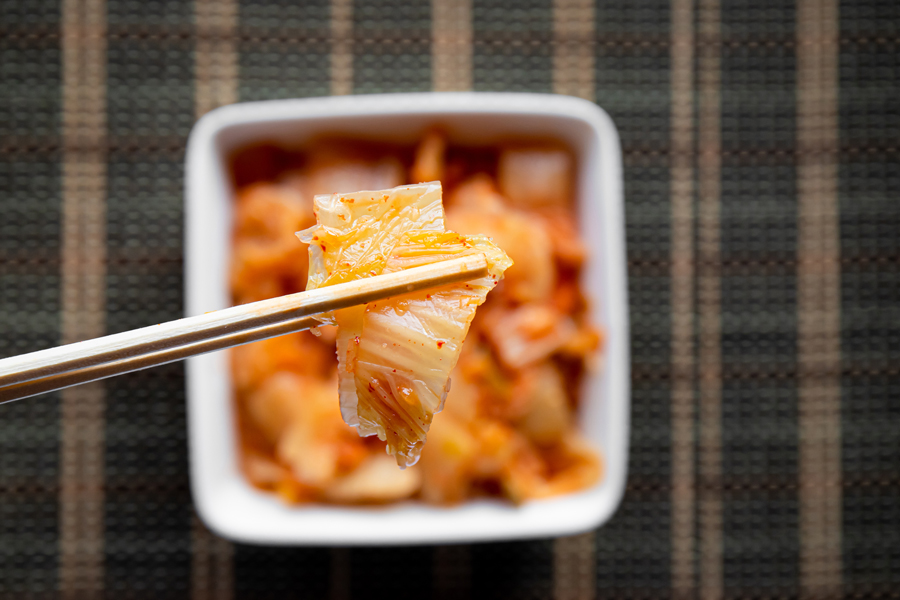
Kimchi is gaining popularity across the U.S. as part of a growing interest in international flavors, gut health, and home food preservation. This publication provides science-based guidance to help consumers safely prepare kimchi at home and offers nationally relevant, research-based information that can benefit Extension educators, health professionals, and consumers across the U.S.
Mallika Mahida, Sitara Cullinan, Kris Ingmundson, Ines Beltran, Cecilia Tran, MS, RDN, LD, Sarah Henes, and Carla Luisa Schwan
|
-
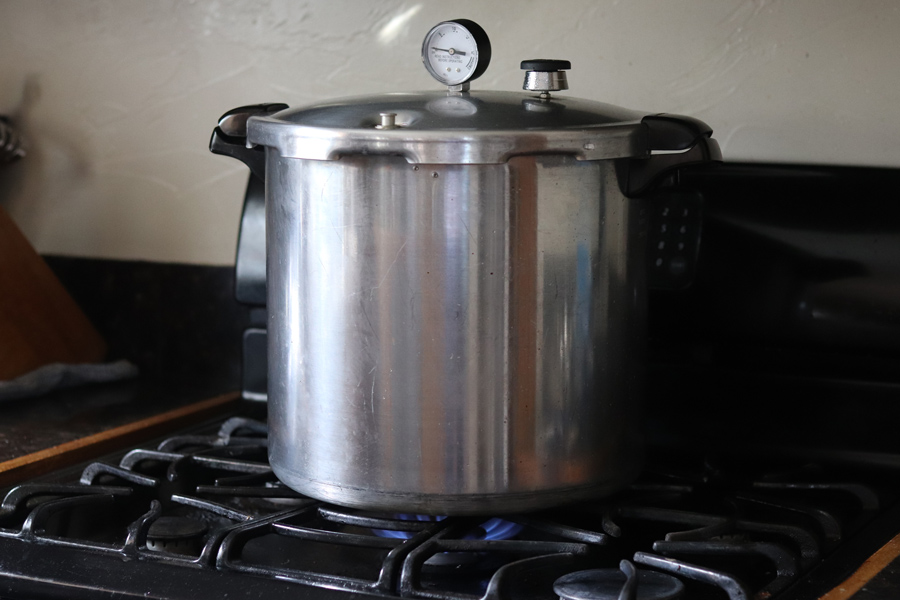
C 1344-02
Using Pressure Canners
Most modern pressure canners are lightweight, thin-walled kettles; most have screw-on lids fitted with gaskets. Modern pressure canners have removable racks, an automatic vent/cover lock, a vent pipe, and a safety fuse. Use only canners that have the Underwriter’s Laboratory (UL) approval mark to ensure their safety. This publication covers steps to successful food preservation using pressure canners.
Elizabeth L. Andress, Ines Beltran, and Carla Luisa Schwan
|
-
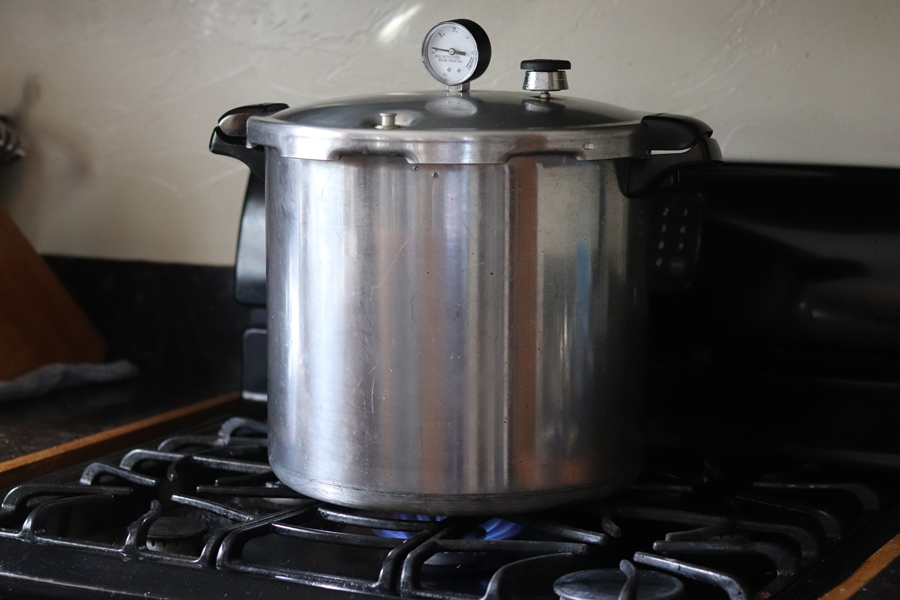
La mayoría de las envasadoras a presión modernas son ollas ligeras de paredes delgadas; la mayoría tienen tapas de rosca con juntas. Cuentan con rejillas extraíbles, un cierre automático de ventilación/tapa, un tubo de ventilación y un fusible de seguridad. Utilice únicamente envasadoras con la marca de aprobación de Underwriter’s Laboratory (UL) para garantizar su seguridad. Esta publicación explica los pasos para una conservación exitosa de alimentos con envasadoras a presión.
Elizabeth L. Andress, Ines Beltran, and Carla Luisa Schwan
|
-
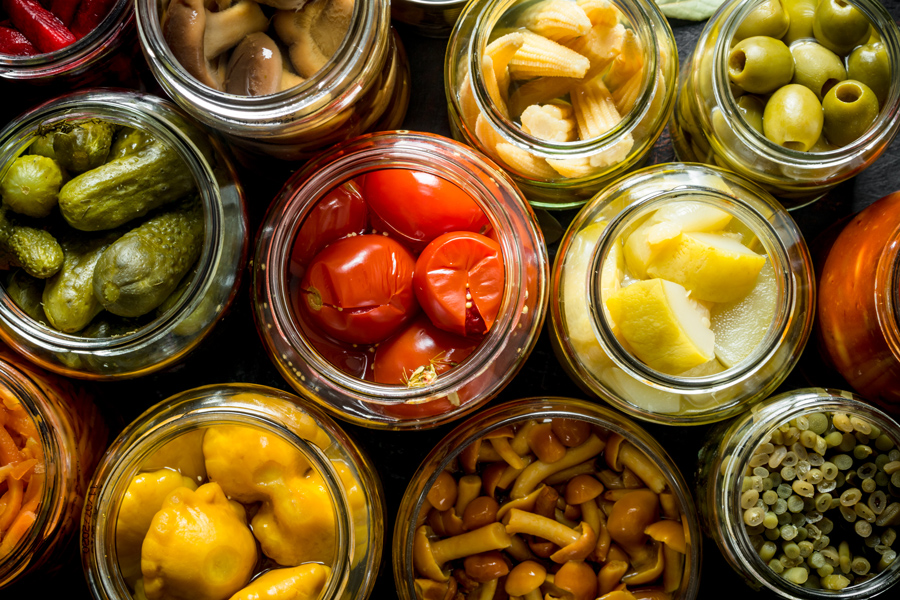
An acidified food is a low-acid food to which acids (such as vinegar, lemon juice, citric acid, etc.) or acid foods (such as fruits or tomatoes) have been added to bring the equilibrium pH of the food to 4.6 or less, with equilibrium water activity greater than 0.85.
Kaitlyn Casulli
|
-
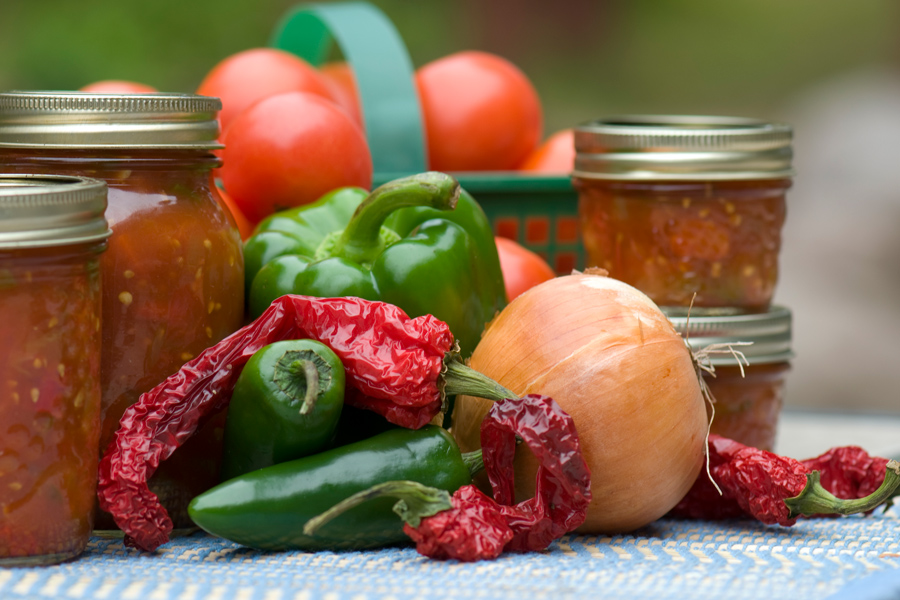
Using Hot-Fill-Hold: A Thermal Preservation Process. Processors of acidified foods are required to comply with federal, state, and local regulations (when applicable) for thermal processing to ensure the safety and shelf-stability of their products. The hot-fill-hold (HFH) process is a thermal processing technique used to inactivate pathogens and extend the shelf life of acidified products. Heating before filling allows for commercial sterilization of the product, and then filling the container with the hot product will sterilize the clean container.
Kaitlyn Casulli
|
-

When processing acidified foods, the hot-fill-hold process involves heating the product to around 180–200 °F, then filling, inverting, and holding for 2–5 minutes to achieve commercial sterility. Higher temperatures will generally correlate with shorter hold times, and lower temperatures will generally correlate with longer hold times.
Kaitlyn Casulli
|
-
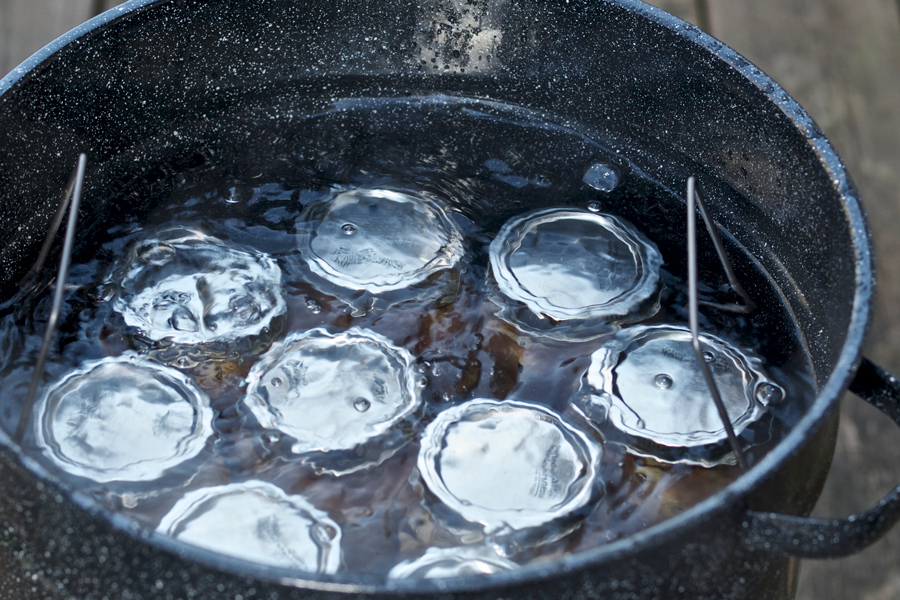
C 1344-01
Using Boiling Water Canners
A water bath (boiling water) canner is a large cooking pot with a lid and a rack inside. Most boiling water canners are made of aluminum, enamel-coated or porcelain-covered steel, or stainless steel. This publication covers steps to successful food preservation using boiling water canners.
Elizabeth L. Andress, Ines Beltran, and Carla Luisa Schwan
|
-
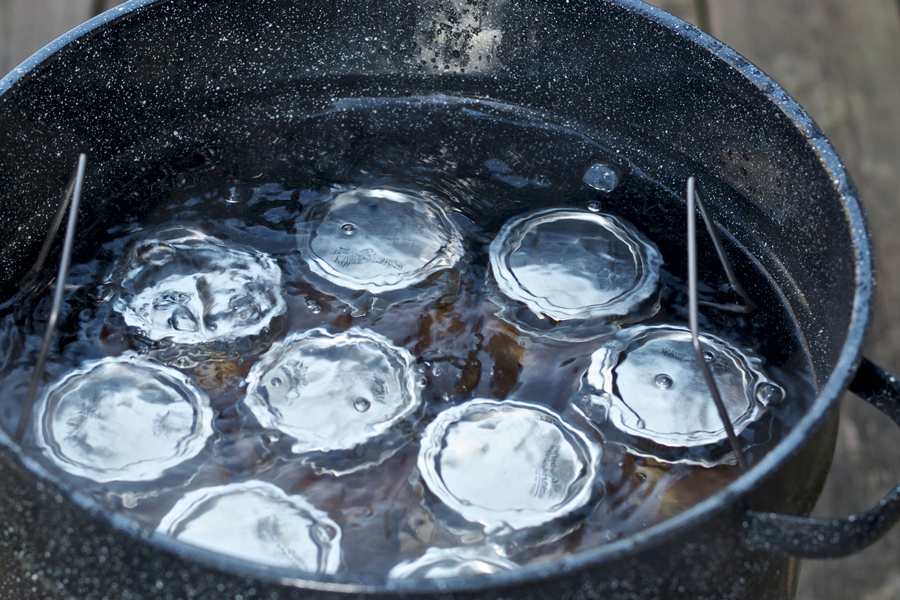
Una envasadora de agua hirviendo es una olla grande para cocinar con tapa y una rejilla en el interior. La mayoría de las envasadoras de agua hirviendo están hechas de aluminio, acero esmaltado o porcelanizado, o acero recubierto de porcelana, o acero inoxidable. Esta publicación cubre los pasos para la preservación exitosa de los alimentos usando enlatadoras de agua hirviendo.
Elizabeth L. Andress, Ines Beltran, and Carla Luisa Schwan
|